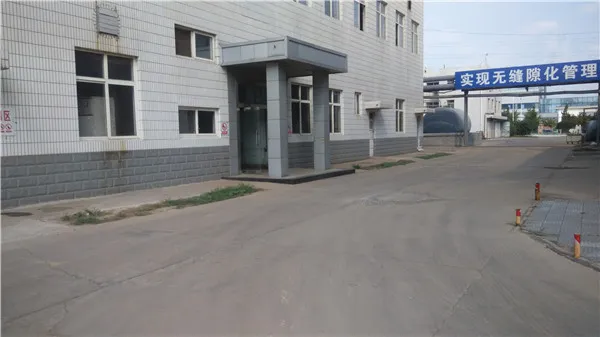Chilled Water Chemical Treatment Ensuring Efficiency and Longevity in HVAC Systems
In modern buildings, chilled water systems are crucial for maintaining comfortable indoor environments. These systems utilize chilled water to absorb heat from the air, thereby cooling the space effectively. However, like any complex mechanical system, chilled water systems require proper maintenance to operate efficiently. One of the key aspects of this maintenance is chemical treatment, which plays a vital role in preventing system corrosion, scaling, and biological growth.
Understanding Chilled Water Systems
Chilled water systems typically consist of chillers, cooling towers, pumps, piping, and terminals like fan coil units or air handling units. Chillers are responsible for cooling the water, which is then circulated throughout the building. As the chilled water flows through the system, it can interact with various materials, impacting performance and longevity. Therefore, implementing a robust chemical treatment strategy is essential to address potential issues.
The Need for Chemical Treatment
The primary purpose of chemical treatment in chilled water systems is to combat corrosion and scaling. Corrosion occurs when metal components in the system react with water and other substances, leading to material degradation over time. Scaling, on the other hand, refers to the buildup of mineral deposits that can restrict water flow and reduce the system's efficiency.
In addition to corrosion and scaling, chilled water systems can also develop biological growth, including bacteria and algae. Such growth can lead to foul odors, reduced heat transfer efficiency, and the potential for health hazards, including Legionnaires' disease.
Key Chemical Treatments
1. Corrosion Inhibitors These chemicals are added to the chilled water to form a protective barrier on the surfaces of metal components, preventing corrosive reactions. Common corrosion inhibitors include phosphate-based agents, which help manage pH levels and reduce corrosion rates.
chilled water chemical treatment

2. Scale Inhibitors To prevent mineral deposits from forming, scale inhibitors are used. These agents work by interfering with the crystallization process of scale-forming minerals like calcium and magnesium. By keeping these minerals in suspension, the scale stays dissolved in the water and does not settle on surfaces.
3. Biocides To control biological growth, biocides are employed. These chemicals are designed to kill bacteria, algae, and fungi, keeping the system clean and safe. Regular monitoring and application of biocides ensure a healthy system, preventing any adverse effects on air quality.
4. pH Adjusters Maintaining an optimal pH level is critical in chilled water systems. pH adjusters are used to ensure that the water remains within a specific range (typically between 6.5 and 8.5), which is vital for the effectiveness of corrosion inhibitors and scale control measures.
Implementation of a Chemical Treatment Program
To effectively implement a chemical treatment program, building managers should follow several steps
- Regular Water Testing This involves analyzing the chilled water for pH, conductivity, and the presence of specific contaminants or microbial growth. Regular testing helps in assessing the effectiveness of the chemical treatment regimen. - Tailored Treatment Plans Based on water testing results, a customized chemical treatment plan should be developed. This plan should consider the specific requirements of the building's chilled water system, including materials and local water quality.
- Monitoring and Adjustment Continuous monitoring and periodic adjustments to the treatment plan are essential. This ensures that the chemical concentrations remain at effective levels and addresses any changing conditions in the system.
Conclusion
In conclusion, chilled water chemical treatment is a critical component of HVAC system maintenance. By implementing a comprehensive chemical treatment program, building managers can optimize system performance, extend the lifespan of components, and ensure the safety and comfort of occupants. Regular monitoring and proper chemical application not only enhance energy efficiency but also contribute to significant cost savings in maintenance and replacement of system components. Investing in a robust chemical treatment strategy is essential for any facility aiming to operate its chilled water systems effectively and sustainably.

